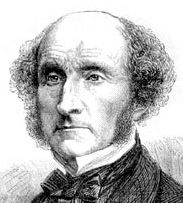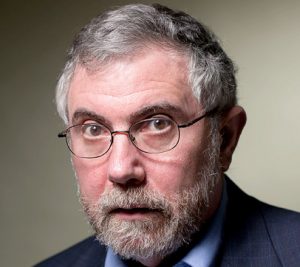The extent of the federal government’s obligations, both current debt and future unfunded liabilities, is a huge financial risk looming over the U.S. economy. The astonishing size of these obligations – and their massive divergence from historical norms – can’t be understated.
Debt Has Exploded to Record Levels – And Is Heading Much Higher
The easiest way to see this problem is through the lens of government debt as a percentage of US gross domestic product (GDP). What I label “Debt” is the combined total of federal government debt plus the Federal Reserve’s balance sheet. At the end of World War II, Debt stood at 135% of GDP.[efn_note]During the Great Depression prior to World War II Debt averaged approximately 35% of GDP.[/efn_note] After the war, Debt as a percentage of GDP steadily declined to an average of approximately 30% during the 1970’s and into the 1980’s. Even as recently as 2010, the Debt stood at approximately 50% of GDP.
But by 2020, federal government debt portion of the Debt exploded higher. It alone reached 80% of GDP. At the same time the Federal Reserve’s massive money printing ballooned its balance sheet to an incredible 40% of GDP. The federal government’s debt skyrocketed further over the last two years. It alone now stands at 100% of GDP (closing in on the World War II high), and the total Debt now stands at 140% of GDP.
Enormous Entitlements Problem
This frightening picture of financial risk is incomplete. The enormous amount of unfunded federal entitlements must be painted in. They had little meaningful impact in the 1940s. But as of 2021 the present value of the combined unfunded Social Security and Medicare obligations stands at $163 trillion – over 700% of U.S. GDP![efn_note]This is according to the 2021 Annual Report of the Board of Trustees of the Federal Old-Age and Survivors Insurance and Federal Disability Insurance Trust Fund.[/efn_note] These entitlements cannot be paid. And, there is no way the government can inflate its way out of this problem.

The Congressional Budget Office’s Debt Projection
Now, layer on the Congressional Budget Office’s forecast of the growth of government debt. It assumes no growth in the government debt portion of the Debt for the rest of this decade. That seems highly improbable, particularly if the U.S. has a meaningful recession, which is a real possibility. But even the CBO projects that starting in 2030 U.S. government debt will enter into a period of extreme growth as a percentage of GDP, reaching 120% by 2040 and 165% by 2050.
Debt and the Coming Debt Spiral, is a Huge Financial Risk
This picture makes clear that the U.S. is heading into a debt spiral. No amount of quantitative easing can prevent it. It illustrates why the government has a huge incentive to try to cheat its way out of the problem. But it can’t. Those who believe the U.S. can simply inflate its way out of this problem don’t understand it. No one who appreciates the enormous risk created by this debt problem could responsibly suggest adding meaningfully to it. Yet, that’s exactly the course of many political “leaders” – they are either foolish, stupid, or worse.


